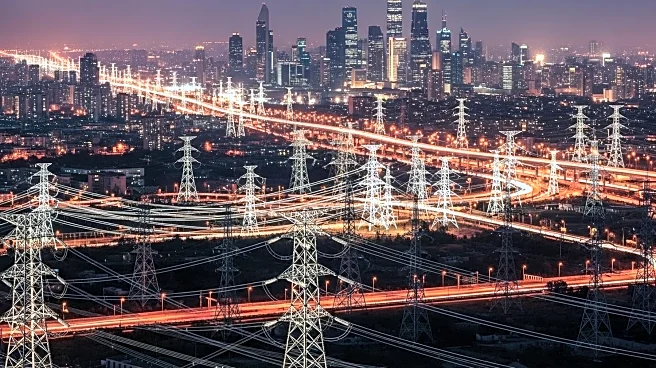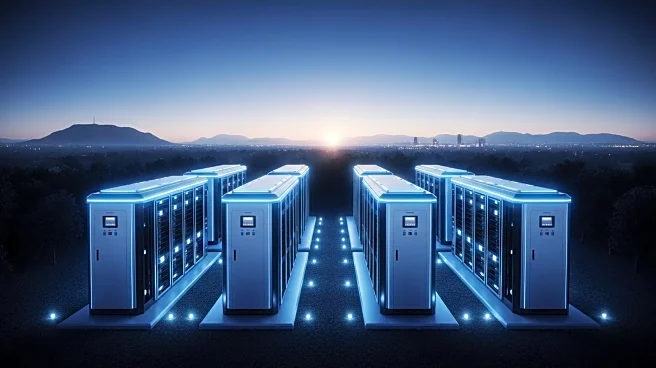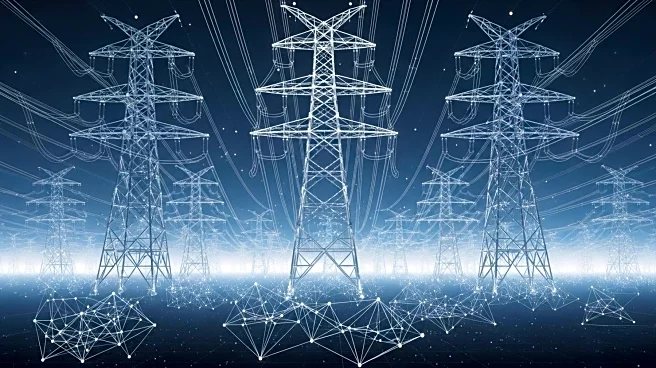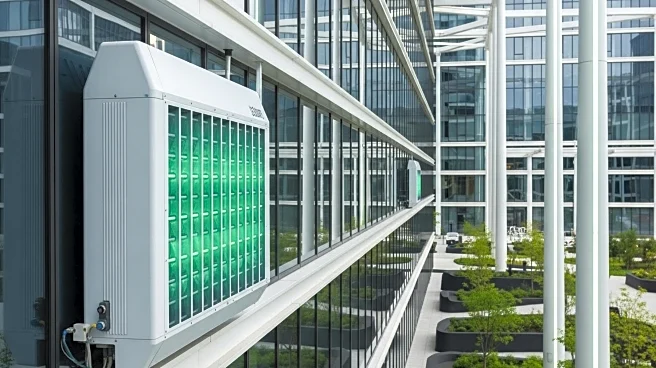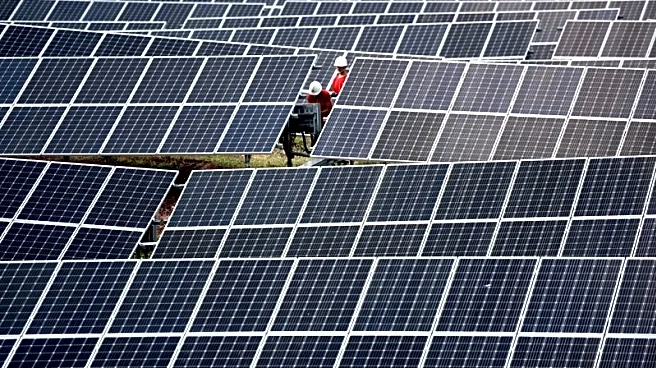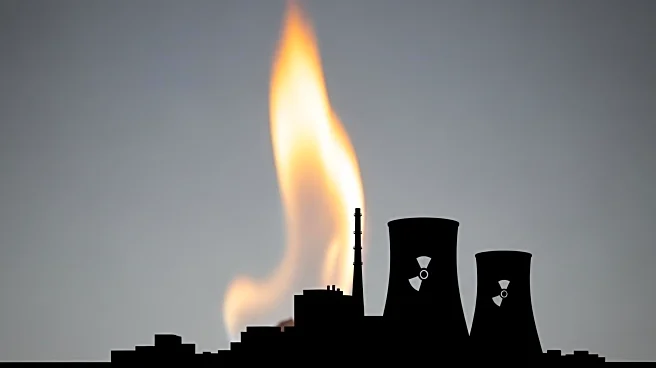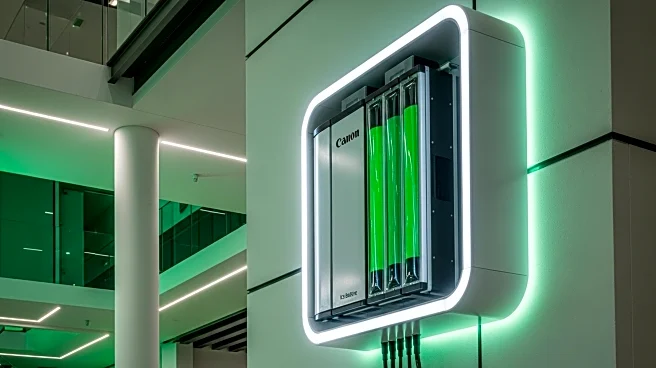What is the story about?
What's Happening?
Investor-owned electric companies in the U.S. are set to invest over $1.1 trillion in grid enhancements over the next five years, according to the Edison Electric Institute (EEI). This investment aims to modernize infrastructure in response to unprecedented electricity demand growth. The industry has already deployed $1.3 trillion over the past decade, but the new investment represents an accelerated pace. EEI member companies are expected to invest nearly $208 billion this year alone to make the energy grid smarter, stronger, more efficient, and more secure. This surge in investment is driven by a 3% increase in power generation last year, marking the largest annual jump in five years. By 2030, U.S. electricity generation could exceed 4,500,000 GWh, with further growth expected by 2040.
Why It's Important?
The planned investment is crucial for accommodating the growing demand for electricity as the U.S. economy electrifies. This includes increased power flows and changing generation patterns, which require comprehensive system upgrades. The investment will help ensure reliability and enable companies to provide electricity at the lowest possible cost for customers. The focus on power generation marks a shift from previous priorities on transmission and distribution modernization. The industry is also responding to load growth from data centers and AI, which are expected to drive significant demand increases. This investment is essential for maintaining grid resilience and supporting the transition to renewable energy sources.
What's Next?
Investor-owned utilities are expected to continue expanding their capacity, with 91 GW of new generating capacity currently under construction and an additional 488 GW planned or proposed over the next five years. This expansion represents nearly half of the nation's existing grid capacity. The focus will be on solar, storage, and wind, with significant investments in energy storage to pair renewables with firming capacity and grid-balancing assets. Utilities are also planning new natural gas generation capacity to keep pace with growing demand. State regulators and electric companies are proposing new tariffs to address growth issues, with over 50 open dockets on resource planning and grid modernization.
Beyond the Headlines
The investment surge follows decades of incremental, maintenance-driven upgrades that left the grid misaligned. Without a coordinated, systemwide vision, investment risks entrenching structural mismatches rather than resolving them. The focus on AI and data center load growth highlights the need for optimized rate structures to accommodate changing demand. Strong load growth may challenge the grid as coal plants retire and large-scale energy storage remains in development. Utilities are planning new natural gas generation capacity in addition to renewable capacity to keep pace with demand.
AI Generated Content
Do you find this article useful?
